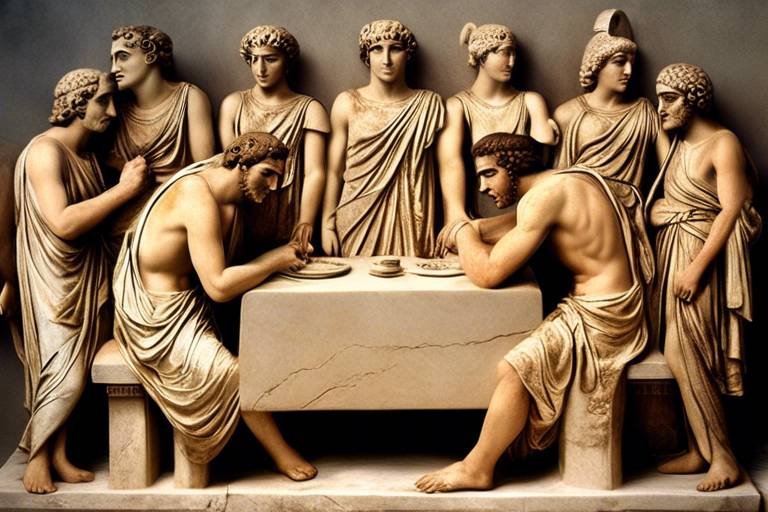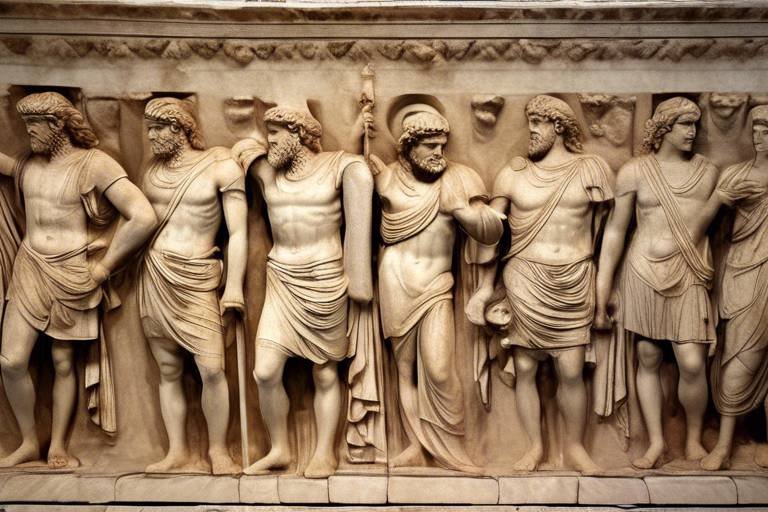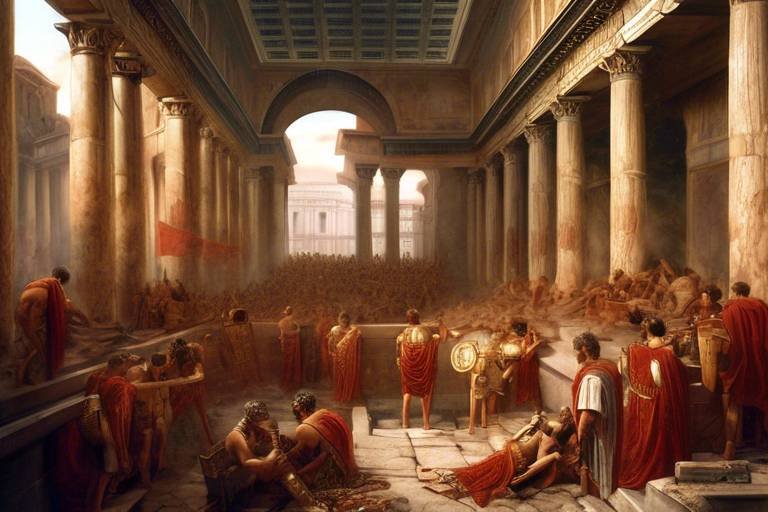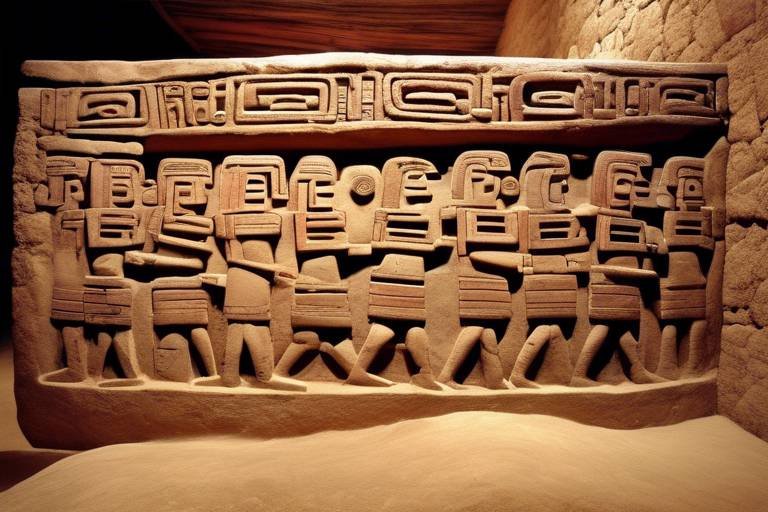The Forgotten Achievements of the Mayans
When we think of the ancient Mayans, what often comes to mind is the mystery surrounding their sudden disappearance from the historical stage. However, what often gets overlooked are the incredible achievements and advancements that this civilization made during its existence. The Mayans were far more than just a vanished society; they were pioneers in various fields that continue to fascinate and inspire us today.
One of the most remarkable contributions of the Mayans was their advanced calendar system. The Mayan calendar is renowned for its accuracy and complexity, far surpassing the calendars of many other ancient civilizations. It played a crucial role in their society, guiding agricultural practices, religious ceremonies, and social events. Even today, scholars and researchers are amazed by the sophistication of the Mayan calendar and its intricate interconnections with celestial events.
Delving into the architectural marvels left behind by the Mayans reveals a civilization with a profound understanding of engineering and urban planning. The iconic pyramids, temples, and palaces they constructed stand as testaments to their advanced skills and cultural significance. Each structure tells a story of innovation, symbolism, and a deep connection to the spiritual beliefs of the Mayan people.
When we explore the mathematical innovations of the Mayans, we uncover a society that was far ahead of its time. The Mayans developed a sophisticated numerical system, including the revolutionary concept of zero, which laid the foundation for their advancements in geometry, algebra, and astronomy. Their mathematical prowess allowed them to make precise astronomical observations and create intricate calendars that aligned with celestial events.
Furthermore, the Mayans demonstrated a profound knowledge of astronomy, as evidenced by their precise observations of the stars, planets, and other celestial bodies. Their astronomical expertise was not only reflected in their calendars but also in the development of sophisticated instruments for studying the heavens. The Mayans' understanding of the cosmos was deeply intertwined with their religious beliefs and societal practices.
Another aspect of Mayan civilization that often goes unnoticed is their innovative agricultural practices. In a challenging environment, the Mayans developed sustainable techniques such as terracing and irrigation systems to support their growing population. Their knowledge of crop diversification and soil management enabled them to thrive and build thriving urban centers in the midst of dense jungles.
When we turn our attention to the artistic legacy of the Mayans, we are greeted with a wealth of intricate murals, sculptures, pottery, and textiles that showcase their creativity and craftsmanship. These artistic expressions provide insights into Mayan cultural beliefs, religious rituals, and daily life, offering a glimpse into the rich tapestry of their civilization.
The Mayans also left behind a complex writing system known as hieroglyphics, which has puzzled researchers for centuries. Deciphering this intricate script has provided valuable information about Mayan history, mythology, and rituals, shedding light on the mysteries of their civilization. The efforts to decode Mayan hieroglyphics have been instrumental in understanding the depth and complexity of their culture.
Lastly, the Mayans were skilled traders who established extensive networks connecting distant regions and facilitating the exchange of goods, ideas, and cultural influences. These trade routes were vital to the prosperity of Mayan society, allowing for the flow of resources and knowledge that enriched their civilization and fostered cultural diversity.

Mayan Calendar System
Exploring the remarkable accomplishments and advancements made by the Mayan civilization, often overshadowed by their mysterious disappearance, including their sophisticated calendar system, impressive architectural feats, and significant contributions to mathematics and astronomy.
The Mayan calendar system stands as a testament to the ingenuity and precision of this ancient civilization. Unlike the Gregorian calendar we use today, the Mayan calendar was incredibly accurate and complex, reflecting their deep understanding of time and celestial cycles. It consisted of multiple interlocking calendars that tracked different aspects of time, such as the solar year, the sacred year, and the Long Count calendar that spanned thousands of years.
One of the most fascinating aspects of the Mayan calendar system is its cyclical nature, where different calendar cycles would align at specific intervals, marking significant ceremonial and astronomical events. This intricate system not only regulated their religious rituals and agricultural practices but also served as a tool for predicting celestial events like eclipses with remarkable precision.
The Mayans' meticulous observations of the movements of the sun, moon, and planets allowed them to develop a calendar that was ahead of its time, incorporating both solar and lunar cycles into a unified system. Their calendar was not only a practical tool for timekeeping but also a reflection of their deep spiritual beliefs and connection to the cosmos.
Furthermore, the Mayan calendar system has sparked ongoing debate and fascination among researchers and scholars, with continued efforts to decipher its complexities and unravel the mysteries encoded within its symbols and calculations. Despite the passage of centuries, the Mayan calendar remains a symbol of the enduring legacy of this remarkable civilization.
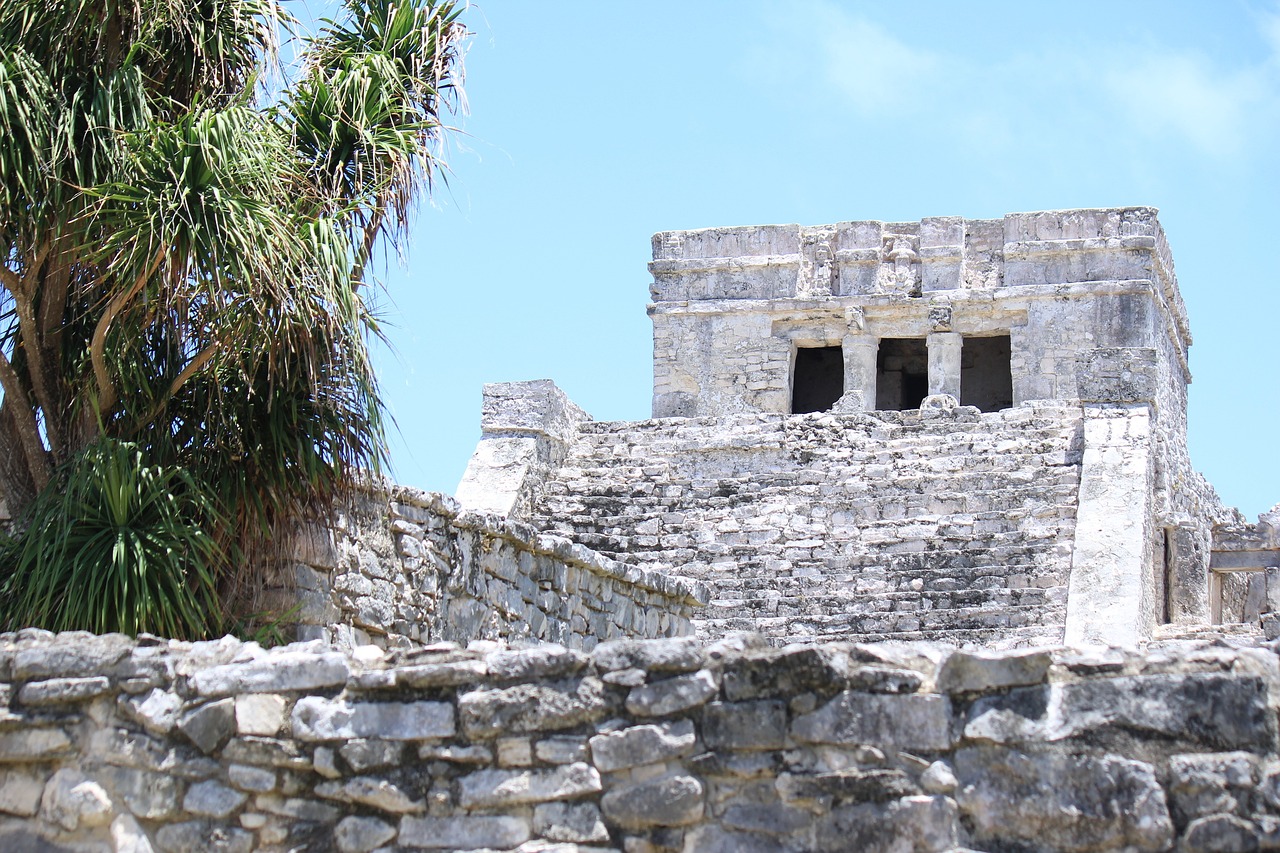
Mayan Architectural Marvels
The Mayan civilization is renowned for its extraordinary architectural marvels that continue to captivate the world with their ingenuity and cultural significance. The iconic structures built by the Mayans, such as pyramids, temples, and palaces, stand as testaments to their advanced engineering skills and innovative urban planning. These architectural wonders not only served practical purposes but also held deep symbolic meanings embedded in Mayan culture and beliefs.
One of the most striking features of Mayan architecture is the monumental pyramids that served as ceremonial centers and focal points of their cities. These pyramids, constructed with precision and adorned with intricate carvings and sculptures, reflected the Mayans' reverence for their deities and their spiritual practices. The design and orientation of these pyramids were often aligned with astronomical events, highlighting the Mayans' deep connection to the cosmos.
In addition to pyramids, the Mayans built elaborate temples dedicated to various gods and goddesses, each showcasing unique architectural styles and artistic motifs. These temples were not only places of worship but also centers of learning and cultural exchange. The intricate stone carvings and hieroglyphic inscriptions adorning the temple walls provided insights into Mayan history, mythology, and rituals, allowing modern researchers to unravel the mysteries of this ancient civilization.
Furthermore, the Mayans constructed grand palaces that served as residences for their rulers and elite classes. These palaces featured intricate courtyards, ceremonial platforms, and elaborate frescoes depicting scenes from everyday life and important ceremonial events. The layout of these palaces reflected the hierarchical structure of Mayan society, with distinct areas designated for different social functions and activities.
Overall, the architectural achievements of the Mayans not only showcased their technical prowess but also reflected their deep cultural, religious, and societal values. By studying these architectural marvels, we gain a deeper understanding of the rich and complex civilization that once thrived in the heart of Mesoamerica.
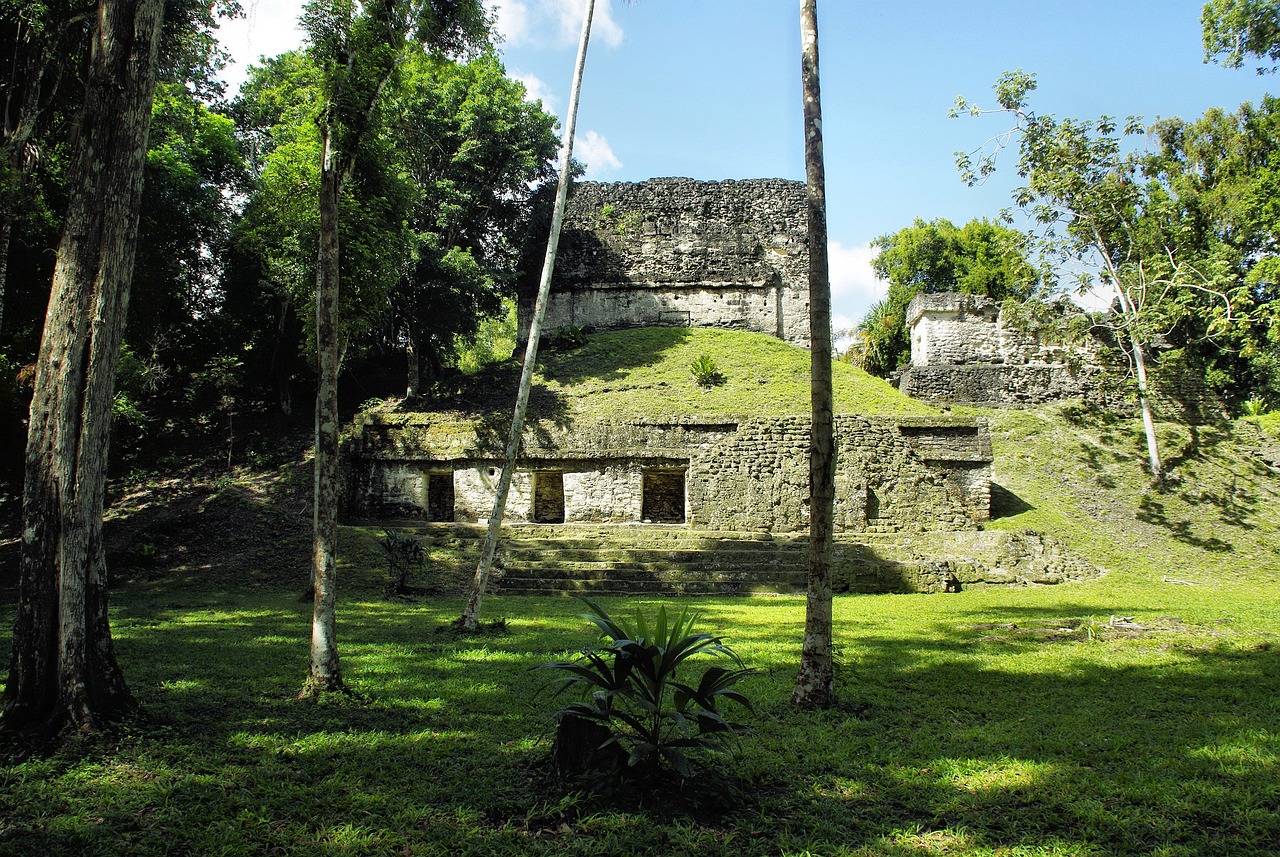
Mayan Mathematical Innovations
Exploring the remarkable accomplishments and advancements made by the Mayan civilization, often overshadowed by their mysterious disappearance, including their sophisticated calendar system, impressive architectural feats, and significant contributions to mathematics and astronomy.
Delving into the intricacies of the Mayan calendar, renowned for its accuracy and complexity, which played a crucial role in their society and continues to fascinate scholars and researchers worldwide.
Uncovering the architectural wonders of the Mayans, such as the iconic pyramids, temples, and palaces that showcase their advanced engineering skills, innovative urban planning, and rich cultural symbolism.
Exploring the mathematical achievements of the Mayans, who developed a sophisticated numerical system, including the concept of zero, and made significant strides in geometry, algebra, and astronomy.
Examining the Mayans' profound understanding of astronomy, demonstrated through their precise observations of celestial bodies, intricate calendars aligned with astronomical events, and sophisticated astronomical instruments.
Highlighting the sustainable agricultural techniques employed by the Mayans, such as terracing, irrigation systems, and crop diversification, which supported their population growth and societal development in a challenging environment.
Celebrating the artistic achievements of the Mayans, including intricate murals, sculptures, pottery, and textiles that reflect their cultural beliefs, religious practices, and daily life, showcasing their creativity and craftsmanship.
Exploring the complex Mayan writing system, known as hieroglyphics, which provided insights into their history, mythology, and rituals, and deciphering efforts that have unveiled the secrets of their civilization.
Investigating the extensive trade networks established by the Mayans, connecting distant regions and facilitating the exchange of goods, ideas, and cultural influences that enriched their society and contributed to their prosperity.
The Mayans were pioneers in the field of mathematics, developing a sophisticated numerical system that included the revolutionary concept of zero. This innovation laid the foundation for advanced calculations in various fields such as astronomy, architecture, and trade. Their mathematical prowess extended to geometry, where they excelled in measuring land, constructing buildings with precise angles, and predicting celestial events. Additionally, the Mayans made significant contributions to algebra, using equations to solve complex problems related to trade and agriculture. Their mathematical legacy continues to astonish modern scholars with its precision and ingenuity.

Mayan Astronomical Knowledge
The Mayans possessed a profound understanding of astronomy, evident in their meticulous observations of celestial bodies and sophisticated astronomical knowledge. Their astronomical expertise was showcased through the alignment of their calendars with significant astronomical events, indicating a deep connection between their daily lives and the movements of the stars.
Mayan astronomers developed intricate instruments to track the motion of celestial bodies, allowing them to predict eclipses and other astronomical phenomena with remarkable accuracy. Their celestial observations not only served practical purposes but also held profound cultural and spiritual significance, shaping their religious beliefs and societal practices.
Moreover, the Mayans' astronomical knowledge was integrated into their architectural designs, with structures aligned to celestial phenomena such as solstices and equinoxes. This harmonious blend of astronomy and architecture highlights the Mayans' holistic approach to understanding the cosmos and their environment.

Mayan Agricultural Practices
The Mayans were pioneers in developing innovative agricultural practices that allowed them to thrive in the challenging Mesoamerican environment. One of their key techniques was terracing, which involved creating stepped platforms on hillsides to prevent soil erosion and maximize arable land. This method not only conserved water but also enabled the cultivation of crops like maize, beans, and squash in otherwise unforgiving terrain.
In addition to terracing, the Mayans implemented advanced irrigation systems to efficiently water their crops. Canals and reservoirs were strategically constructed to capture and distribute water, ensuring a stable food supply even during dry seasons. By harnessing the power of water, the Mayans were able to sustain their agricultural productivity and support their growing population.
Furthermore, the Mayans practiced crop diversification as a means of ensuring food security and nutritional balance. They cultivated a wide variety of crops, including avocados, cacao, and tomatoes, alongside their staple foods. This diversified agricultural approach not only enriched their diet but also reduced the risk of crop failure due to pests or environmental factors.
The intricate relationship between the Mayans and their agricultural practices extended beyond mere sustenance. Their farming techniques were deeply intertwined with their cultural beliefs and spiritual rituals. For the Mayans, agriculture was not just a means of survival but a sacred duty that connected them to the land and the cycles of nature.

Mayan Artistic Legacy
When delving into the rich history of the Mayan civilization, one cannot overlook the remarkable artistic legacy left behind by this ancient culture. The Mayans were not only skilled architects and mathematicians but also talented artists who expressed their beliefs and traditions through various forms of art.
One of the most striking aspects of the Mayan artistic legacy is their intricate murals, which adorned the walls of temples and palaces, depicting scenes from everyday life, religious ceremonies, and historical events. These vibrant and detailed murals provided a glimpse into the cultural practices and beliefs of the Mayan people.
In addition to murals, the Mayans excelled in sculpture, creating elaborate stone carvings of gods, rulers, and mythical creatures. These sculptures not only showcased the artistic skill of the Mayans but also served as important religious and political symbols within their society.
Another significant aspect of the Mayan artistic legacy is their pottery, which featured intricate designs and intricate patterns. Mayan pottery was not only functional but also served as a canvas for artistic expression, with each piece telling a unique story through its elaborate decorations.
Furthermore, the Mayans were known for their textiles, weaving colorful fabrics with intricate designs that reflected their cultural beliefs and traditions. These textiles were used for clothing, ceremonial purposes, and as offerings to the gods, highlighting the importance of textile art in Mayan society.
Overall, the Mayan artistic legacy is a testament to the creativity and craftsmanship of this ancient civilization, providing valuable insights into their culture, beliefs, and daily life through the enduring beauty of their artworks.

Mayan Writing System
The Mayan writing system, known as hieroglyphics, stands as a testament to the sophistication and complexity of Mayan civilization. These intricate symbols were not just simple drawings but a highly developed form of communication that conveyed historical narratives, religious beliefs, and societal structures. Each hieroglyph represented a sound, syllable, or concept, allowing the Mayans to record their history and pass down knowledge through generations.
Deciphering the Mayan hieroglyphics was a monumental task that puzzled scholars for decades. Through the dedicated efforts of linguists and archaeologists, the intricate code began to unravel, offering insights into the rich tapestry of Mayan culture. The deciphered texts unveiled stories of royal lineages, political alliances, religious ceremonies, and astronomical observations, shedding light on the daily lives and beliefs of the Mayan people.
One of the most fascinating aspects of the Mayan writing system is its combination of logographic and syllabic elements. This hybrid approach allowed for a flexible and expressive form of communication, where individual symbols could represent sounds, words, or entire concepts. The intricate nature of hieroglyphics required a deep understanding of Mayan language and culture, showcasing the intellectual prowess of ancient Mayan scribes.
Moreover, the Mayan writing system was not limited to inscriptions on stone monuments or pottery; it permeated all aspects of Mayan society. From monumental stelae documenting historical events to intricate codices containing astronomical observations, the written word played a central role in preserving and disseminating knowledge among the Mayan elite and commoners alike.
As we continue to unravel the mysteries of the Mayan civilization, the hieroglyphic texts serve as invaluable windows into their world. Through the intricate strokes and symbols left behind by ancient scribes, we gain a deeper appreciation for the intellectual, artistic, and cultural achievements of the Mayans, ensuring that their legacy endures for generations to come.

Mayan Trade Networks
Exploring the intricate web of trade networks established by the Mayans unveils a fascinating aspect of their civilization. The Mayans were adept merchants who engaged in extensive trade with neighboring regions, fostering cultural exchange and economic prosperity. Their trade routes spanned vast distances, connecting diverse communities and facilitating the exchange of goods, ideas, and technologies.
At the heart of the Mayan trade networks were bustling marketplaces where traders bartered a wide array of commodities, including precious metals, textiles, ceramics, and agricultural products. These vibrant marketplaces served as hubs of activity, bustling with merchants from different regions and showcasing the rich tapestry of Mayan commerce.
The Mayans' strategic location in the Mesoamerican region enabled them to establish trade links with distant civilizations such as the Aztecs and the Olmecs. Through these networks, exotic goods like jade, obsidian, and cacao beans flowed into Mayan territories, enriching their material culture and enhancing their societal wealth.
Moreover, the Mayans' sophisticated understanding of maritime navigation allowed them to navigate coastal trade routes, expanding their reach to coastal communities and facilitating trade by sea. This maritime trade network enabled the Mayans to access valuable marine resources and establish trade partnerships with coastal societies.
Through their robust trade networks, the Mayans not only acquired valuable resources but also exchanged knowledge and ideas, fostering cultural diffusion and intellectual exchange. The interconnected nature of Mayan trade networks played a pivotal role in shaping their society, promoting economic growth, cultural diversity, and social cohesion.
Frequently Asked Questions
- What is the significance of the Mayan calendar system?
The Mayan calendar system is renowned for its accuracy and complexity. It played a crucial role in their society, guiding religious ceremonies, agricultural practices, and governance. The calendar also reflects the Mayans' advanced understanding of astronomy and mathematics.
- What are some notable Mayan architectural marvels?
The Mayans are known for their impressive architectural feats, including iconic pyramids like El Castillo in Chichen Itza, elaborate temples such as Tikal's Temple IV, and intricately designed palaces like Palenque's Palace of the Inscriptions. These structures showcase their advanced engineering skills and cultural significance.
- How did the Mayans contribute to mathematics and astronomy?
The Mayans made significant contributions to mathematics by developing a sophisticated numerical system with the concept of zero, as well as advancements in geometry, algebra, and astronomy. Their astronomical knowledge is evident in precise observations of celestial bodies, aligned calendars, and sophisticated instruments.
- What is the importance of Mayan agricultural practices?
Mayan agricultural practices were crucial for sustaining their population in a challenging environment. Techniques such as terracing, irrigation systems, and crop diversification supported their societal development and prosperity. These practices also reflect their deep connection to the land and environment.
- How did the Mayans communicate through their writing system?
The Mayans used a complex writing system known as hieroglyphics to record historical events, religious rituals, and mythological stories. Deciphering efforts have helped unveil the secrets of their civilization, providing valuable insights into their culture, beliefs, and societal structure.








